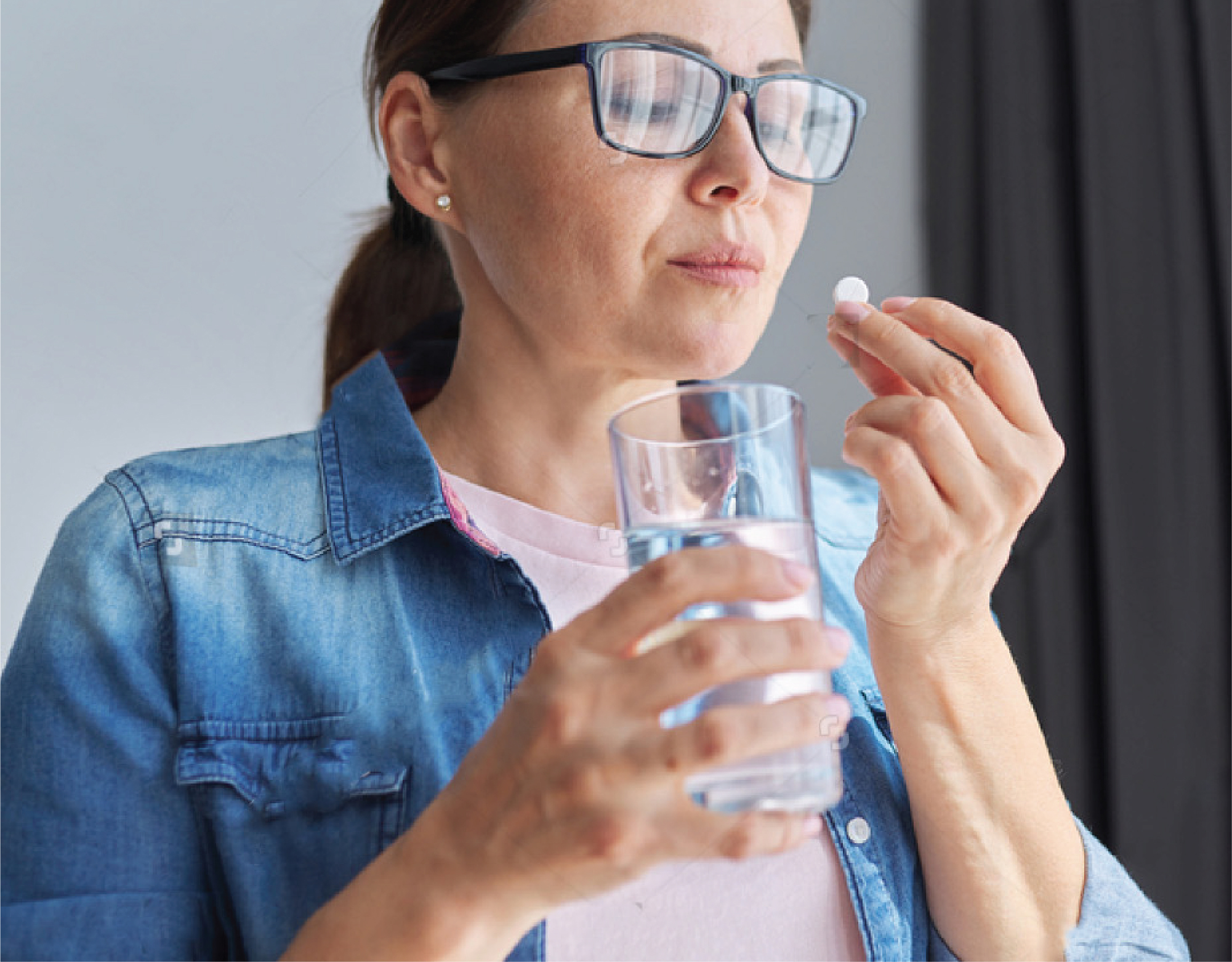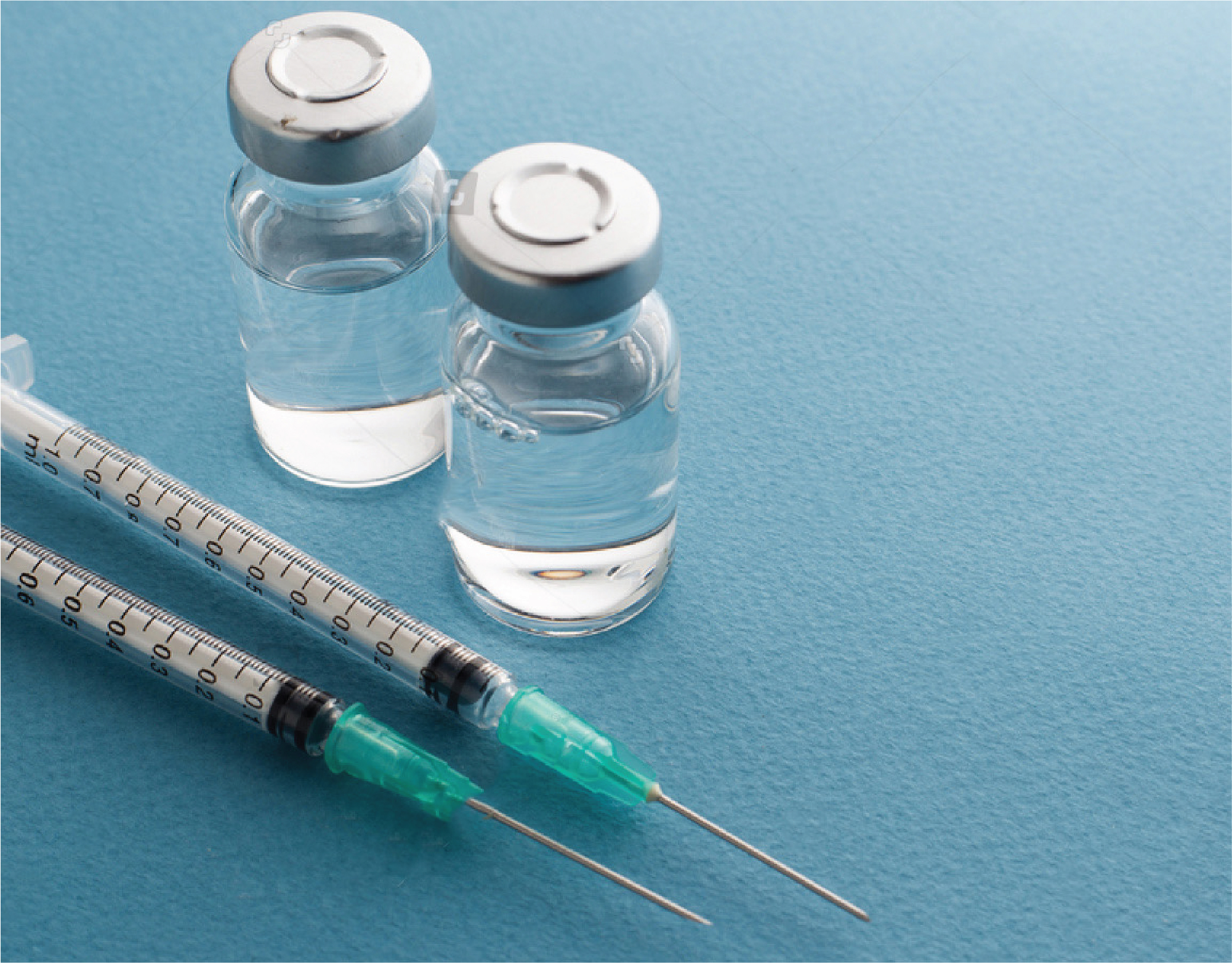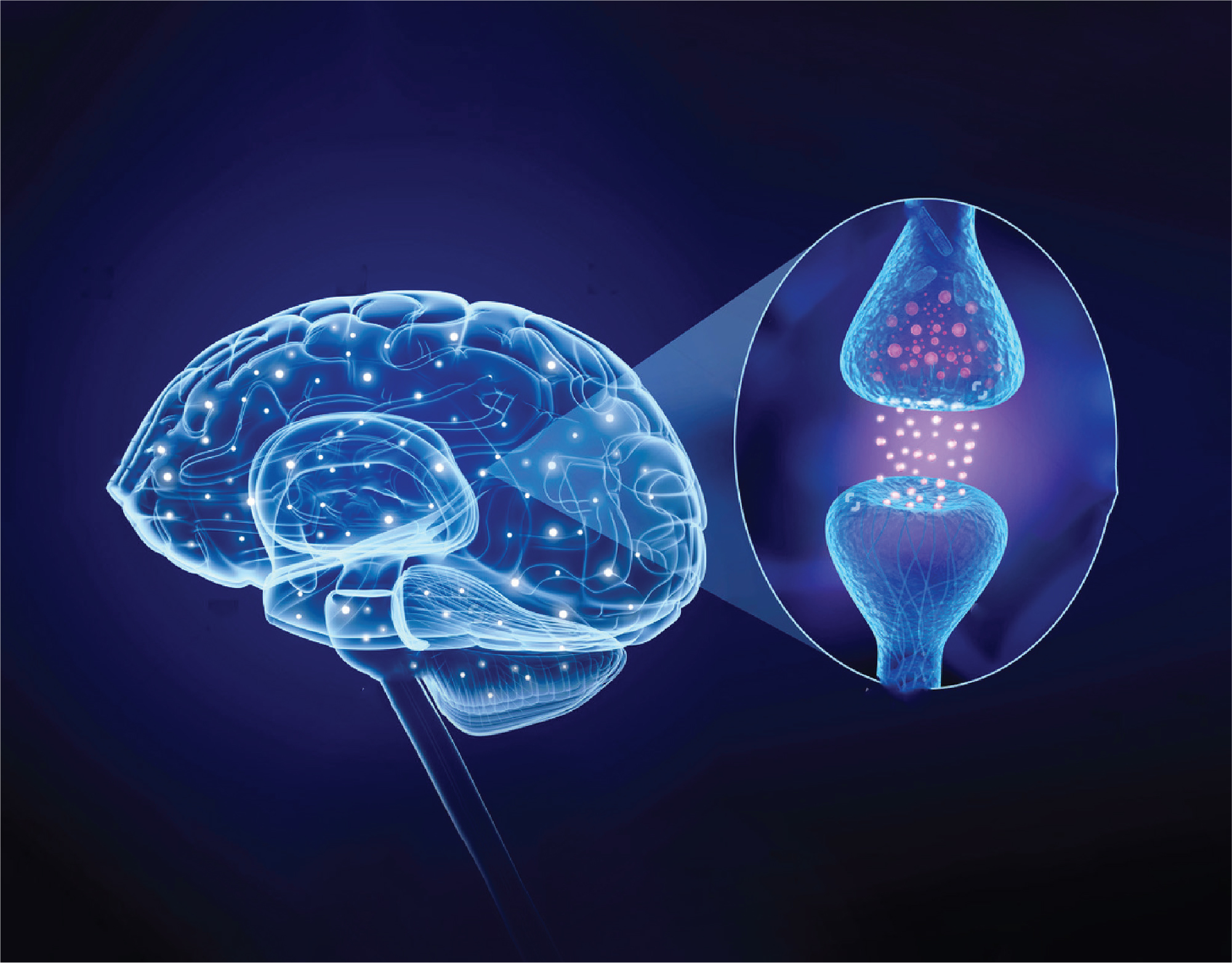How OAB is treated?2
Management of Overactive Bladder (OAB) involves an escalatory or “stepping up the ladder” approach. The basic and vital step revolves around self-management by lifestyle and behavioral changes. Many people find these changes helpful in controlling their symptoms





